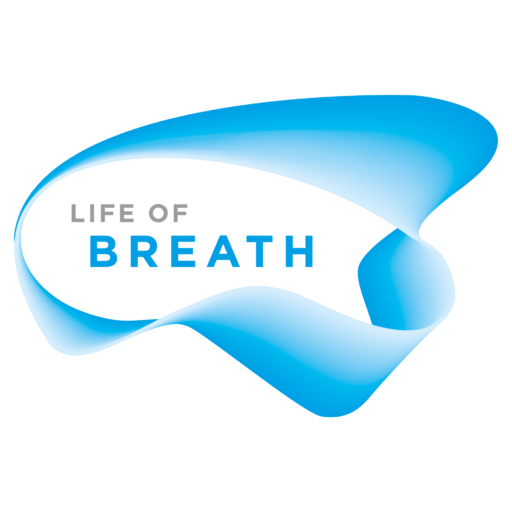‘This is what my breath looks like’
Nicola Caroli, breath teacher, writes:
“This is what my breath looks like and when you have no breath you can no longer live,” wrote Maya, 7 years old.
I met Maya in a children’s recreational facility in Berlin where I offered an introductory Creative Breathing session. The participants were between 7 and 12 years old. Maya didn’t, strictly speaking, take part. She just wanted to know what we were doing and I told her we were exploring breathing. That was sufficient information for her to go off and spend the next hour doing her drawings. She started out drawing blood vessels, then added the heart, which looked like the lungs and later the lungs, which looked neither like the lungs or the heart. I asked her if she wanted to write something about what she had drawn and she went off to do some writing. (See Maya’s drawing above)
The rest of us were placing our hands on our torso, sensing where we could feel the breath moving. We imagined the lung with its two halves inside the chest and wondered about other parts of the body that also came in pairs. Daniela, aged 11, mentioned that the kidneys look like the lungs upside down. We placed our hands on the kidney area on our back and we could also feel breath movement there. The lungs and the kidneys were obviously connected in more ways than one. “The lungs belong to the kidneys. The lungs help the kidneys with breathing. The kidneys are connected with the lungs. In the kidneys is blood. The lung is hollow so that the air can fly in it,” wrote Daniela.
I told the children that in Traditional Chinese Medicine the lungs are considered the mother of the kidneys. They were eager to learn more about this important relationship but at the same time, they’d already intuitively made their own connections.
We put our index finger between our upper lip and the nose and waited until we could sense the stream of air going in and out beneath our nostrils. We listened to our heart and looked for different places in the body where we could find its beat. We counted our own ribs and each other’s ribs and felt them moving with the breath. All this happened without us “doing” any breathing; breathing was happening and we were paying attention to it. The children made their guesses about where was what and how it all worked and found questions about the body and breathing: “If you‘re dead can you still breathe and blink?”, “Does everyone breathe at a different speed?”, “Is the heart in the wrists?” The children answered some questions themselves, some I answered, some did not seem to require an answer and some immediately sparked off further sensory explorations.
We wrote about our experiences and made drawings, combining elements from our imagination, our immediate experiences and observations with the information they got from me and we got from each other.
At the end of the session anyone who wanted to could show their pictures and read their words. “I felt funny when I said that the ribs move when I breathe,” Stina, aged 8, had noticed. And I’d been inspired by Stina to write: “The little hearts are the children of the big heart.”
Emma, aged 8, summarized it all: “When we breathe we need the lungs and the heart. Thanks to them we can live.”




2 Comments
Pingback: Publications « Nicola Caroli | Creative Breathing
Pingback: Publikationen « Nicola Caroli | Creative Breathing